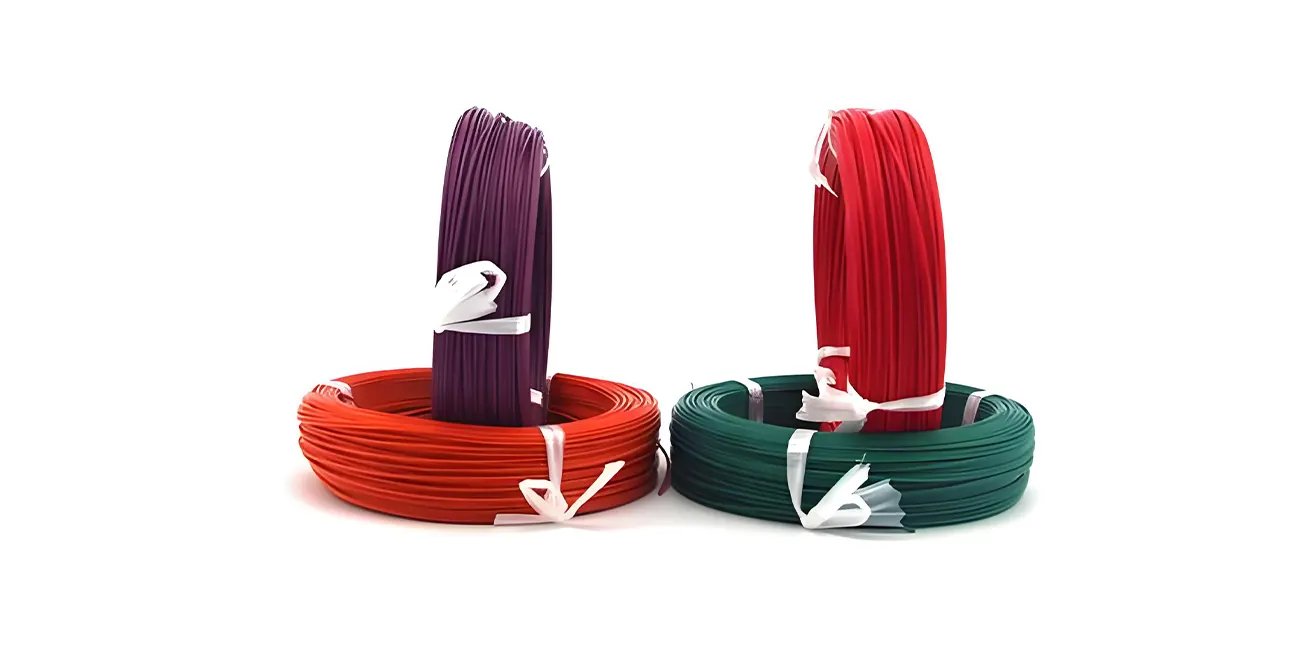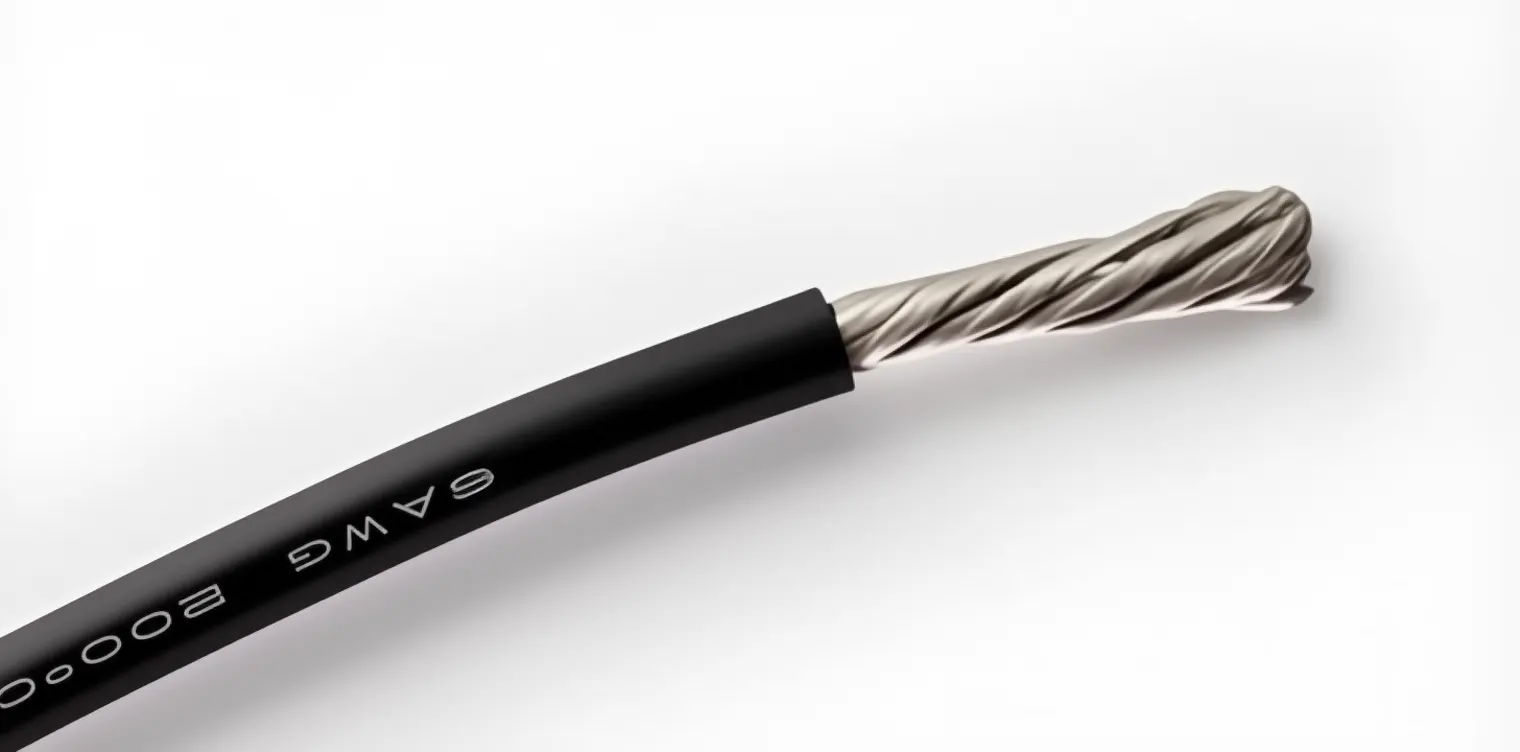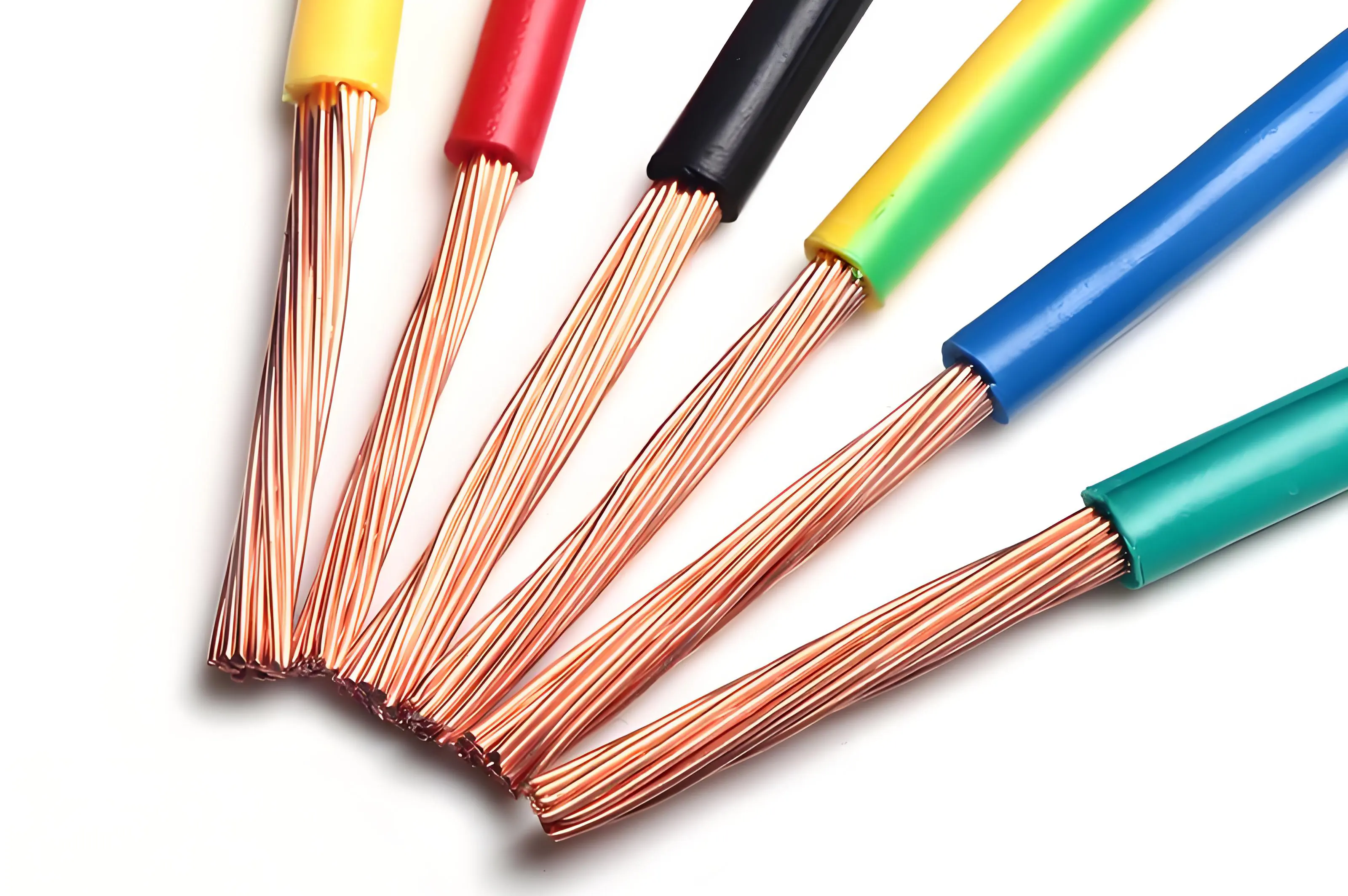
By quanyu lee
2025-08-18 11:58:04
6 AWG Wire FAQ: Specifications, Amperage, Power, and Applications
Choosing the right wire is essential for electrical engineering and home wiring. The 6 AWG wire (6-gauge wire) is widely used in residential, commercial, and industrial circuits due to its large cross-section and high current-carrying capacity. This article provides a comprehensive guide on 6 AWG wire specifications, amperage, power, and common applications to help you make informed decisions.
1. Overview of 6 AWG Wire
6 AWG wire is designed according to the American Wire Gauge (AWG) standard. The smaller the gauge number, the thicker the wire and the higher its current-carrying capacity.
- Diameter: 4.11 mm (0.162 in)
- Cross-sectional area: 13.3 mm²
Depending on the material, 6-gauge wire can be:
- Solid copper wire: High conductivity, suitable for fixed wiring
- Aluminum wire: Lightweight but higher resistance, requires a larger cross-section
- Copper-clad aluminum wire: Combines light weight with better conductivity than pure aluminum
- Stranded copper wire: Flexible, easier to install
- Tinned stranded copper wire: Corrosion-resistant, ideal for marine or light industrial use

2. 6 AWG Wire Amperage
The ampacity determines the current a wire can safely carry. A 6 AWG copper wire rated at 75°C has an ampacity of 65A, but according to the NEC 80% rule, the actual allowable current is 52A for safety.
Ampacity of 6 AWG Copper and Aluminum Wire at Different Temperatures
| Material | 60°C | 75°C | 90°C |
| Copper | 80 | 95 | 105 |
| Aluminum | 60 | 75 | 80 |
Note: The longer the wire, the lower the ampacity. For example, a 100-foot 6-gauge copper wire has an actual ampacity of about 36.6A.
3. 6 AWG Wire Power Capacity
The power can be calculated using:
Power (Watts) = Current (Amps) × Voltage (Volts)
- 120V household circuit: 52A × 120V = 6,240W
- 240V circuit: 52A × 240V = 12,480W (12.48 kW)
- 12V aluminum wire circuit: About 480W
4. Common Applications of 6 AWG Wire
6-gauge wire is suitable for high-current circuits, including:
- Large household appliances: ovens, hot tubs, HVAC systems
- Lighting systems and subpanels
- Vehicle battery and starter systems
- Residential or commercial subpanels
- Welding equipment and portable power supplies
Smaller appliances such as washing machines and dishwashers typically use 8-gauge or smaller wire.

5. Common Types of 6 AWG Wire
| Type | Application |
| Welding cable | Welding machines, power tools, highly flexible |
| Medium-duty cable | Household or commercial high-load circuits |
| THHN/THWN | Indoor conduit wiring, branch circuits and feeders |
| XHHW | High-heat resistant XLPE cables, feeders and branch circuits |
| USE-2 / UF-B | Underground power supply or direct burial |
| SER / RHW | Service entrance wiring, suitable for damp locations |
| NM/Romex | Indoor high-power circuit wiring |
| MHF | Mobile home electrical connection |
| AC/MC | Medium-load commercial wiring with metal armor |
| Battery cable | Vehicles, solar systems, high-temperature resistant |
Welding cables and battery cables of the same gauge contain the same amount of copper, but welding cables are more flexible for frequent bending, while battery cables are mainly used in fixed circuits.
6. Wire Length and Ampacity
- Single-phase 120V copper wire, 55A maximum distance: 76 feet
- Single-phase 240V, maximum distance: 154 feet
- Single-phase 480V, maximum distance: 306 feet
Long runs require attention to voltage drop, and 6-gauge aluminum wire is not recommended for very long distances.

FAQ (Frequently Asked Questions)
1. What household appliances are suitable for 6 AWG wire?
6 AWG wire is suitable for high-power appliances such as ovens, hot tubs, HVAC systems, and heating equipment.
2. How many amps can a 6 AWG wire carry?
A copper wire at 75°C can safely carry about 52A; aluminum wires have slightly lower ampacity, but increasing the wire diameter can compensate.
3. What is the difference between 6 AWG wire and battery cable?
Battery cables are used in vehicles or solar systems, resistant to high temperatures and oils, while welding cables are more flexible for frequent bending.
4. How much power can a 6 AWG wire handle?
In a 120V circuit, it can handle approximately 6,240W; in a 240V circuit, up to 12,480W.
5. Where can I customize high-quality 6 AWG wire or harnesses?
Kaweei Wire Harness Custom Factory provides small-batch and custom 6 AWG wires and harness solutions suitable for industrial, automotive, and residential electrical systems.



